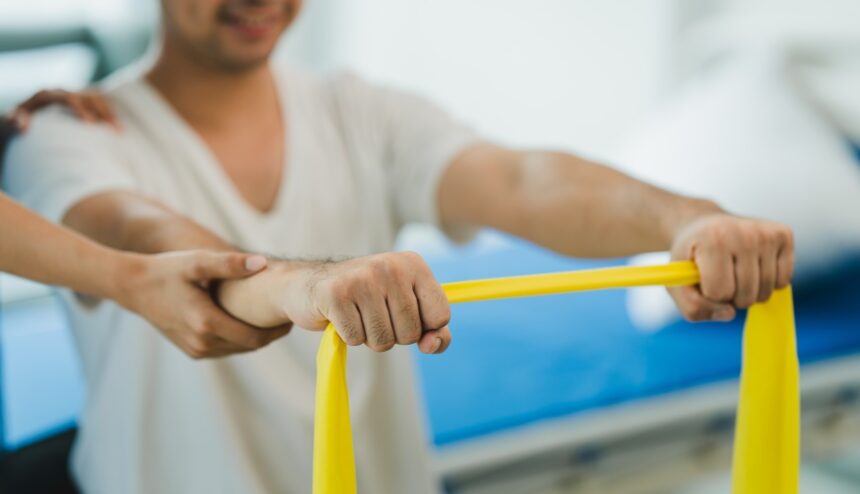 By Molly Maudal, MOT, OTR/L, Occupational Therapy
By Molly Maudal, MOT, OTR/L, Occupational Therapy
The upper extremity is one of the many areas treated by occupational therapists. One of my favorite parts of working in a rural area is the variety of orthopedic issues that we get to help people recover from. In occupational therapy (OT), we work with patients of all ages to progress through various exercises to improve their range of motion and strength. The purpose of the exercises is to help people return to day-to-day tasks, such as being able to reach their head to use shampoo, wash their back, resume work duties, and even screw in a lightbulb. In certain cases, typically after hand or wrist surgeries or lacerations, we can also help with scar management and desensitization. Occupational therapists can also fabricate or recommend braces to help with joint protection or prevent overuse to promote an optimal healing environment.
A referral is made to occupational therapy when someone is experiencing shoulder pain related to a muscle or tendon issue (such as tendonitis, impingement, or a partial rotator cuff tear), overuse of the forearm muscles (tennis or golfer’s elbow), or hand and wrist pain (tendonitis or carpal tunnel). Occupational therapy is often involved in treating shoulder pain and helping to progress recovery after a shoulder, elbow, wrist, or hand surgery.
The orthopedic surgeon prescribes a protocol, and the occupational therapist will stretch and strengthen the shoulder accordingly. The occupational therapist also gives patients specific exercises to complete at home. We upgrade these exercises as function improves and will tell patients when it’s safe to return to prior activities. We keep providers updated on what we are working on in therapy and the progress that is being made to ensure communication between disciplines.
Overall, the goal of working with an occupational therapist is to collaborate in improving your function. Goals are different for everyone and can range from being able to resume playing catch, carry grandchildren, sleep without waking from pain, reach overhead to put dishes in cupboards, etc. If you think you can benefit from occupational therapy, contact your physician and request a referral.


